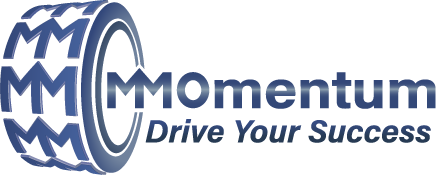Formative Years: A Passion for Science Within a Creative and Entrepreneurial Environment
I was born in the south of France and lived in a very small village called Les Michels. I was the first child to grow up in this village in 40 years. Aside from the occasional children visiting their grandparents, my friends were the local (much older) villagers with whom I loved playing Pétanque and visiting their homes in search of sweet treats and deep conversation.
My French father was a master jeweler and artist with a store in Aix-en-Provence. My American mother had been a translator working in Geneva with the American Joint Distribution Committee before running the jewelry business. I grew up surrounded by art, various languages, and listening to business conversations – something that continues today.
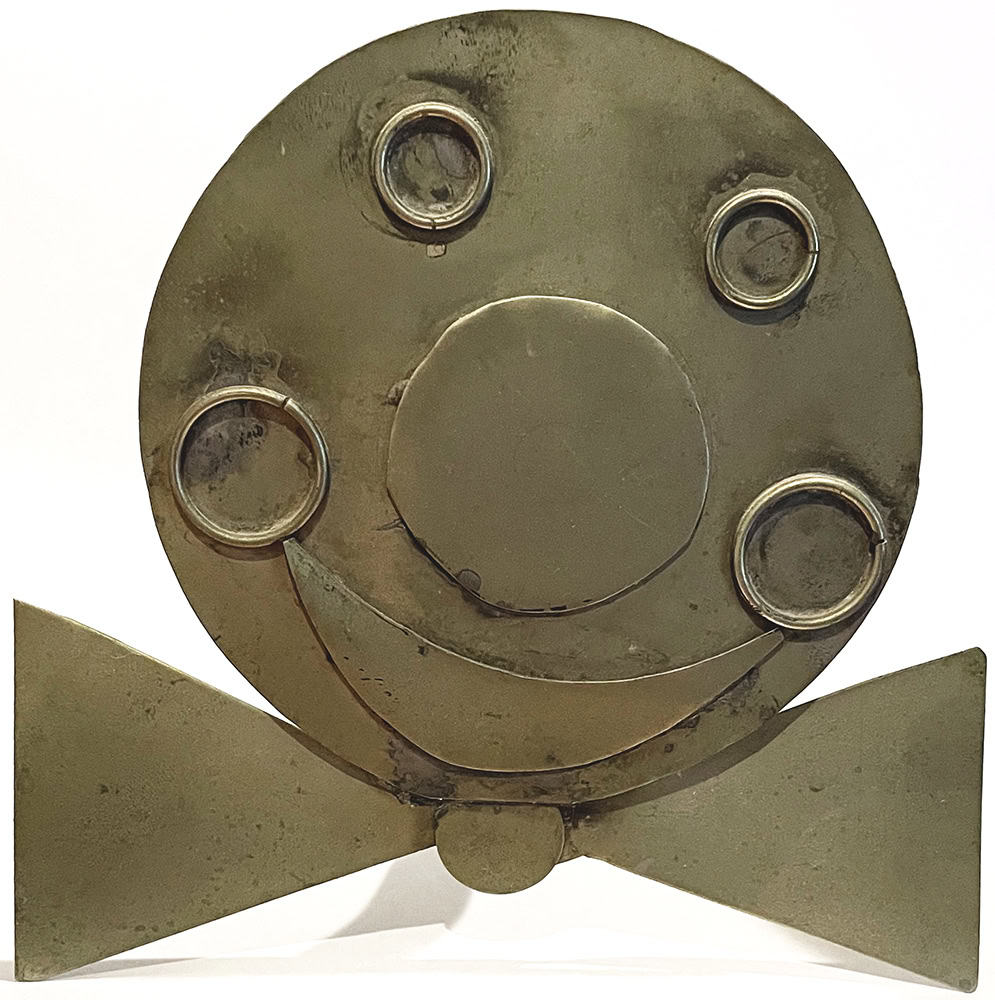
By the time I was 6 years old, I had already learned how to solder and make my own little works of art. My passion, however, was collecting fossils and minerals, some of which were collected on my quiet hunts in the surrounding forest, and reading books on various subjects, including geology, anthropology, and paleontology. I enjoyed these solitary pursuits and (though I didn’t realize it at the time) became a card-carrying member of the Introvert Club, where attendance was thankfully optional.
The French educational system at the time was quite strict and rigid. Teachers judged a child’s abilities and “guided” them towards specific careers. Mine was to be a writer or journalist because, in their judgment, I lacked the attention to detail and math skills to go into science or engineering. Shortly after, and for only slightly related issues, the family moved to Austin, TX.
New Beginnings: A New World and New Opportunities
Though my mother had always spoken English to my sister and I, we had never had to speak it on a full time basis. So, here I was in 4th grade, in a new school, in a new country, and in the middle of the school year. Where I struggled a bit with English, it turned out I was way ahead in math compared to the other kids. English became much easier, math was encouraged, and the only limitations were those imposed on myself. At that time, I also met the 3 boys who would become my lifelong friends. They did not quite yet know what to do with the French kid, but we hit it off anyway.
America became my land of opportunity, and my passion for science and engineering blossomed. As I got older, I would visit my dad’s jewelry and art store on 6th Street in downtown Austin and, when possible, work behind the counter selling to clients. Though an introvert, social interactions with strangers did not drain me, and I enjoyed the challenge.
Tough Times: Resilience Turns to Grit
Fast forward to my teenage years, and one tragedy later, my mother, sister, and I are alone, and it’s time to pull together. My mother became a traveling salesperson while I stayed home and cared for my sister. My mother sold gold chains to jewelry stores in the Texas, Oklahoma, Louisiana, and Arkansas regions. During the summers, she would take me or my sister with her on her business trips, and I saw how she developed long-lasting, trusted relationships with her clients. Honesty, transparency, and adaptability turned many of her clients into friends.
Remarried, the now four of us moved from Austin to Houston. I started a new and academically demanding high school as a junior. I learned some hard lessons that required adaptation and resiliency to overcome; namely, I could no longer coast and make good grades. Bellaire High School was a magnet school where I took advanced placement (AP) language, math, and chemistry classes. Though my work, personal, and academic life was difficult, I made it through. I placed out of my first semester of college before entering the University of Texas at Austin’s electrical engineering program.
Throughout my time at school, I worked year-round to pay my bills, books, and tuition, as my parents did not have the means to support me during that time. My last college job was at Applied Research Labs in the SONAR division. It also became my first job after graduating with my BSEE w/ honors.
Hard Core Engineering: I Didn’t Know It Couldn’t Be Done
My first major project as a full-time engineer was to design an entire beamforming system using 56 digital signal processors (based on Analog Devices’ first SHARC DSP processors). A few of the older engineers and technicians told me it was impossible, but I figured someone thought it was doable … somehow. With a great team, we completed the project, and it became one of the key systems used in the world’s first 3D SONAR system and deployed in the Navy’s NR-1 submarine.
This pattern of finding solutions and success even in the face of exceptionally difficult engineering and business challenges carried me through National Instruments, Silicon Labs, Impinj, and every job thereafter. However, from the beginning, I realized that no matter how smart or creative I may (or may not) be, the team around me always made the magic difference. I worked hard to establish a strong esprit de corps in my teams by leading by example, treating people fairly, meeting them on their ground, and ensuring they understood their role’s importance in whatever adventure we were on together. We delivered and did great work. During this period in my professional development, I began finding immense satisfaction in mentoring people.
Exploring Art and Science: A Parallel Path to a Demanding Career
As someone interested in and passionate about a wide range of subjects and disciplines, I was bound to return to my roots of art, science, and entrepreneurialism. I will never forget the words uttered by my wife, Crystal, during my first tenure at Silicon Labs: “Why don’t you get a hobby?” The truth was I needed more creative stimulation, and while we were attending a downtown Austin art fair, we passed a booth displaying fused glass art. One introductory class later, Crystal and I jumped in with both feet – for her as a vocation and for me as an avocation.
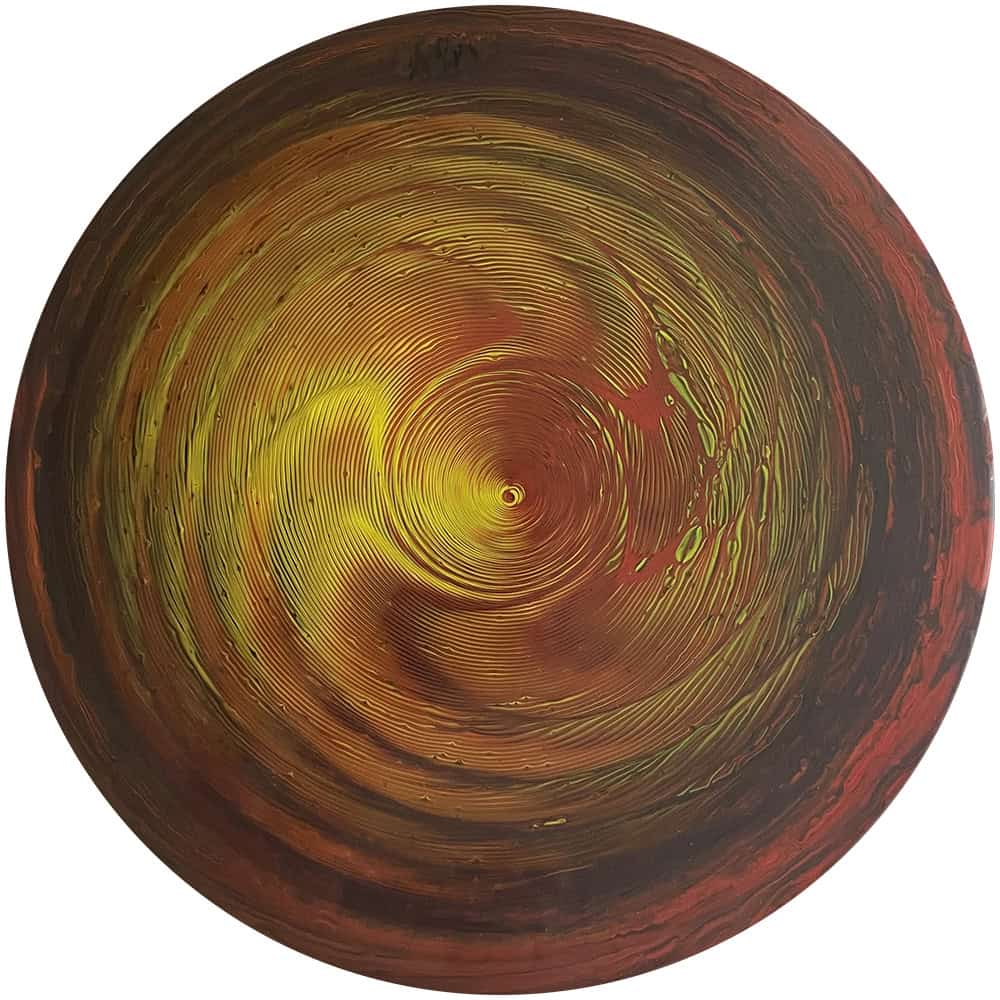
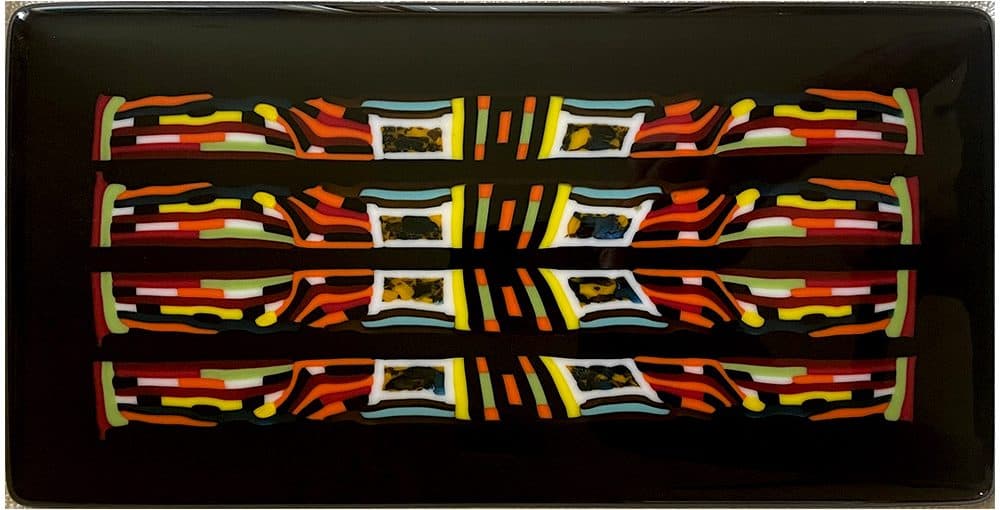
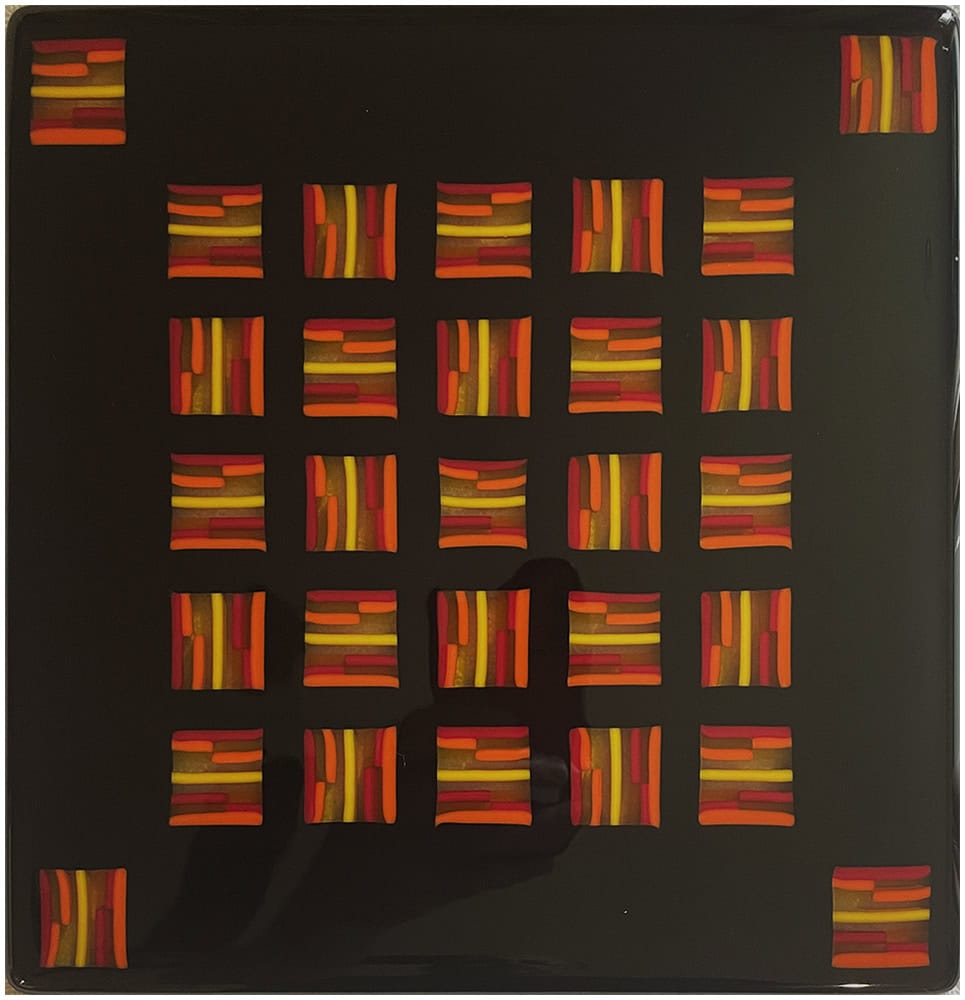
I loved developing new techniques and creating complex and beautiful works of art and jewelry. When possible, I would join her in selling at various fairs across Texas. My mother’s lessons served me well, and thus began a decade-long master class on marketing, sales, graphic design, web development, business development, psychology, and many other skills.
After a fateful weekend afternoon of channel surfing, I ran across the show “Meteorite Men.” From the moment I realized I could collect rocks from space, I was hooked. I soon started selling meteorites as part of my hobby to afford better and more important specimens. I also jumped in with both feet to learn more about the science. My high school AP chemistry served me well, and slowly, over time, I accumulated knowledge and understanding.
This process also brought me closer to the scientists doing cutting-edge research on everything from the origins of primordial life to the formation of planets. I was making friends with actual rock stars and making inroads selling meteorites with museums and institutions around the globe. My collection and network were growing, and I was thrilled.
I have always maintained that one should lead by example and roll up our collective sleeves to get the job done. Whether I was working at a new startup or an established company, the skills developed outside of “work” came into play inside of “work.” Leveraging my strengths as an introvert (I am a social introvert or, as one of my friends described it, a learned extrovert) and blending my creative side with my practical analytical side (with a fair bit of stubbornness and empathy) meant I could solve complex technical and business problems, even when they involved stakeholders with conflicting expectations or opinions.
Transitions and Reinventions: An Always Learning Attitude
While I experienced significant transitions in my high-tech career in title and functional roles, such as moving from design engineering to project management and eventually into product and business marketing, the big reinventions were just around the corner. After ending my second tenure at Silicon Labs, we returned to Austin, TX to be closer to family and friends. During this time, Crystal strongly encouraged me to start working independently.
My plan was to diversify my risk and pursue my avocations as full-time business enterprises. I became a full-time high-tech business consultant and a full-time meteorite dealer – two completely orthogonal businesses that continue to this day. This unique combination offered me financial stability, and the insights from one often helped the other, even in the most indirect ways.
On the meteorite business side, many of my clients provided more opportunities to learn and adapt. These clients included private collectors, museums, and government-funded, private research institutions, and even other dealers from literally around the globe. Though the collector and dealer community is incredibly diverse culturally, it is still predominantly men.
Becoming an accepted member of the research/academic community allowed me to experience what can only be described as diverse diversity for the very first time. I was now part of a community that equally respected and celebrated its members’ contributions, insights, and discoveries based on merit – regardless of politics, gender, religion, race, or age. That is not to say that this community is perfect, but from my perspective, they are way ahead compared to the other communities I have observed or been part of. The welcoming nature, inclusiveness, and diversity of this group of amazing people continue to inspire me, and I am grateful to be a part of it. An achievement I am proud of is having published (with a great deal of support from Dr. Chris Herd) my first scientific paper as first author: Does the composition of meteoritic metal change with forging? An experimental study.
On the consulting side, my main client from 2016 to 2023 was, and still is, one of the top electronic distributors in Asia. This multi-$B organization of about 700 to 800 people spread out across various countries enabled me to understand the value of leadership under various conditions and circumstances, the organizational challenges of large companies, and the value of cooperation with people who share similar values but have different (complementary) skills and experiences. I also consulted for smaller US-based and international companies and startups with various goals and value propositions within the high-tech and med-tech sectors. My biggest takeaway was that shared success relied on two fundamental requirements for my ideal clients to meet:
- Fully support the entire discovery process – including the findings that were hard to hear.
- Provide their active support and insights to co-realize their stated desired outcome.
In other words, my best consulting clients were the most coachable, and the most coachable clients achieved the best results for themselves, their teams, and their organizations.
Gaining New Insights: Understanding My Introversion
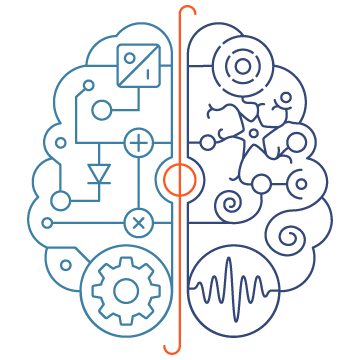
I’ve always known I was different from most other people around me. As a kid, I was the shy, sensitive one who asked (too?) many questions. Being the only Jewish kid in my rural French grade school only accentuated those differences further. As I write this section, I am struck by the realization that I did not have any school friends, and even more revealing, I did not miss having any.
As mentioned above, my friends were the occasional kids visiting their grandparents or the children of family friends. My friends were the people of the village. Only after moving to Austin and meeting my lifelong friends did I realize the fun (and mischief) I could have hanging out with other people. However, I still had my solitary hobbies like reading and building model ships and airplanes.
I never minded being the weird kid, but it was not until I became an adult that I finally found a label that fit me. I was an introvert. I was always happy turning my focus inward. In mid-2023, I read the following article (Yes, You Can Be an Outgoing Introvert) that began my research into introversion, and by mid-2024, the final pieces fell into place. Though only very rarely an anxious introvert, I realized that depending on the situation, I was a mix of the four types of introvert.
Four Types of Introverts:
Social Introvert
The classic type of introvert we all know. A social introvert is someone who categorically prefers to spend time alone. They will go out of their way to ensure that they have the amount of time to themselves that they need. But if they do socialize, it will only be with a very close-knit group of friends. The reason a social introvert chooses to live this way is they truly enjoy their own company and feel emotionally drained if they spend too long in the presence of others. It’s not the same as shyness or anxiety. Social introversion is a preference that is often confused for a sense of aloofness or indifference.
Restrained Introvert
The restrained type is a little less known but is quite common if you pay attention. This describes someone who holds themselves back and takes a little while to “warm-up” to people before completely putting themselves out there. These people aren’t afraid of social interactions, quite the opposite. Most of them do enjoy meeting new people, but they’re usually very selective about who they open up to, choosing to reserve the largest part of themselves for those who have earned their trust. This can make a restrained introvert seem mysterious. But they’re simply taking a back seat and observing before they take action. They always think before they speak, and once you have earned their trust, you’ve earned it for a long time.
Introspective Introvert
The introspective type is someone who spends a lot of time in their head. You could also think of it as a form of intellectual introversion. This person likes to think about everything they see and hear. They have a rich and complex inner world, which is unsurprising given it’s where they spend most of their time. But this is far from being a negative thing. The introspective type is extremely self-reflective. They’re adept at analyzing social dynamics and very self-aware of the effect their presence has on a given situation. Some people have claimed that introspective types are lost in their own fantasy world, when, in actuality, they’re engaged in deep critical thinking.
Anxious Introvert
The anxious introvert is someone who has genuine struggles interacting with people, which can border on social anxiety. The actions of this individual are centered around their perceived inability to function in large gatherings of people. They will often decline invitations to events, not because they prefer their own company, but because they’re all too aware of the high state of anxiety that being around others will create for them. This type of introvert often finds themselves stuck in a loop. They will imagine their future experiences based on their previous interactions, rooting them in a mindset of low self-esteem.
The definitions above for social introvert, restrained introvert, introspective introvert, and anxious introvert came from the Private Therapy Clinic website.
The bottom line: I am an introvert. By understanding these more specific labels above, I gained new insights into the subtleties of my introversion; however, I did not allow them to define me.
Building Consensus: In a World of Chasms and Schisms, I Choose to Be the Bridge
The insight that led me to become a leadership coach was that my greatest professional accomplishments centered more on the people I mentored and the highly effective/collaborative teams I brought together, and less on the specific products we developed and sold. However, my emphasis on the former clearly led to success in the latter. I then also realized that, more fundamentally, my entire career was spent on building bridges between ideas, disciplines, people, silos, companies and communities. Open-minded explorations and conversations always seemed to lead to the best results. Now, as a coach, I want to help other high-achieving introverts in STEM-aligned organizations recognize and build on their quiet strengths to become (more) highly effective leaders.
